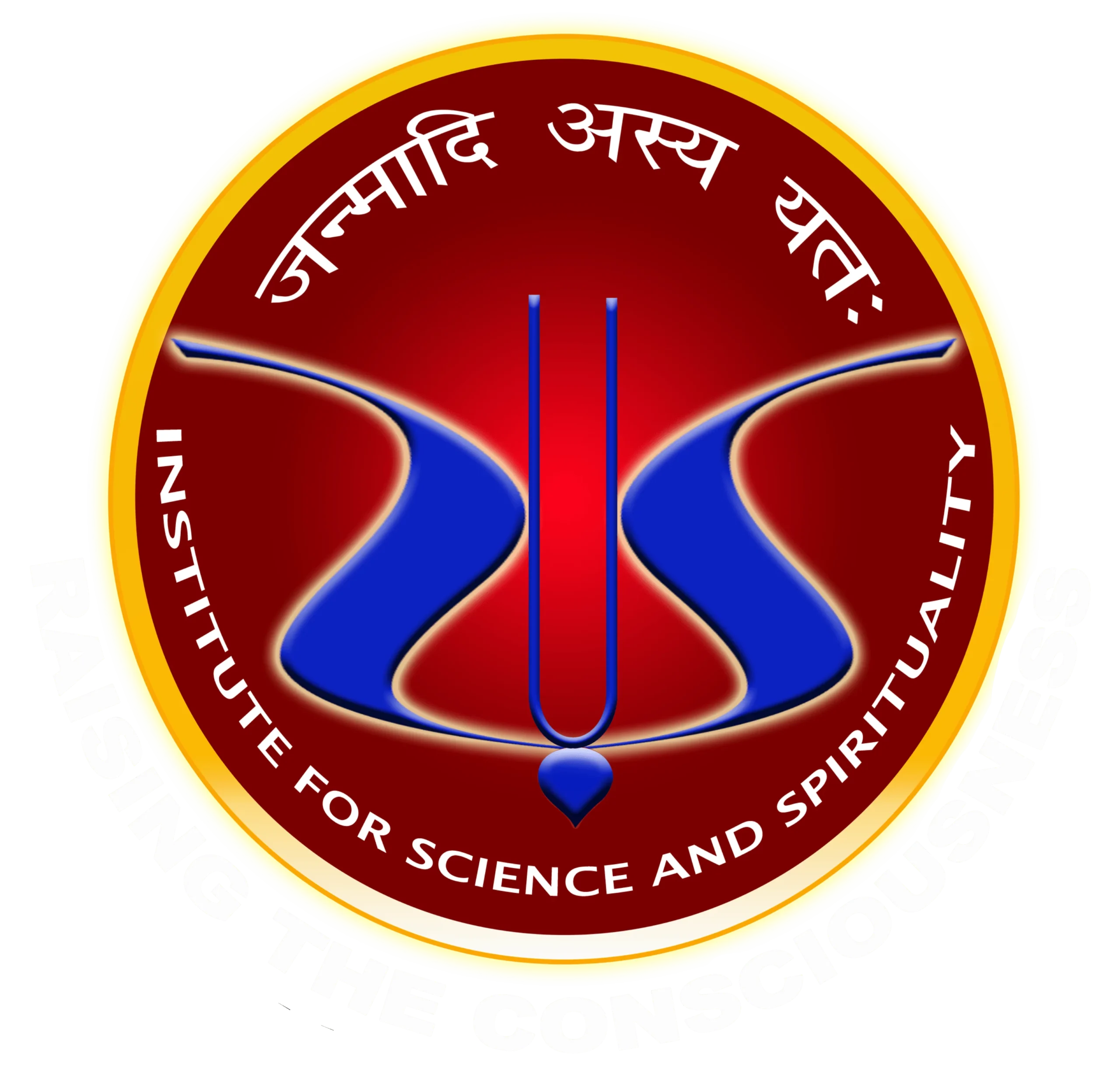Meditation & Mental Health

What is Meditation?
Meditation is a contemplative practice common in all major religions. The goal of meditation has been disentangling one's self from the externals. Thus, serenity and tranquility of mind, absolving obessesive thoughts, regulating one's emotions, etc. are the characteristics of meditation practices. In recent years, meditation research has attracted considerable attention in broader neuroscientific and cognitive science communities. Buddhist meditations like Samatha, Vipassana, Loving-Kindness, etc. have been extensively studied showing their neural underpinnings associated with handling anxiety, stress, depression and other mental health issues.
In essence, meditation is a straightforward practice that can be performed in any location without the need for special equipment or workout attire. The individual starts by adopting a comfortable posture, avoiding excessive tension or looseness, and cultivating a sincere wish for personal transformation, the well-being of others, and the relief of their suffering. Subsequently, the practitioner focuses on calming the mind, which tends to be disrupted by incessant inner chatter. Achieving mastery over the mind involves breaking free from automatic mental conditioning and resolving inner confusion.
However, rich and diverse culture and philosophy of India has produced several other kinds of meditation practices, particularly those emphasing Bhakti (devotion). One of the primary features of such meditation is something called "Nama-Sankirtan", i.e., loud chanting and listening of mantras and names of the Almighty. This is sometimes associated with dance performances. Other forms includes "Japa" or silent chanting of names of the Almighty. However, these kinds of meditations are strikingly different from Buddhist meditations wherein negation of thoughts and emotions takes precedence. On the otherhand, the latter forms of meditations is more saturated with self-less emotions for the Almighty, the characteristics of Bhakti.
Meditation and Neuroscience
Neuroscientists have delineated four stages within the cognitive cycle of the meditation process, attempting to sustain attention on breathing. These stages include: an occurrence of the mind wandering, a point of recognizing the distraction, a period of redirecting attention, and a return to concentrated focus. Each of the four phases engages specific brain networks. In the initial stage of the cycle, when a distraction arises, there is heightened activity in the broad default-mode network (DMN). This network comprises regions such as the medial prefrontal cortex, posterior cingulate cortex, precuneus, inferior parietal lobe, and lateral temporal cortex. The DMN is recognized for its activation during mind wandering and its general involvement in constructing and revising internal models of the world derived from long-term memories related to oneself or others.
The second stage, the awareness of a distraction, is associated with the activity of other brain regions, including the anterior insula and the anterior cingulate cortex, forming part of the salience network. This network is believed to play a crucial role in determining which stimuli merit attention. In this phase, its activity may facilitate the redirection of the mind away from distractions. The third phase involves additional areas, including the dorsolateral prefrontal cortex and the lateral inferior parietal lobe, which participate in orienting attention. Finally, in the fourth and concluding phase, the dorsolateral prefrontal cortex, responsible for monitoring attention, maintains a heightened level of activity as the meditator's focus remains directed towards an object, such as the breath.
Researchers noticed varying activity patterns based on a practitioner's level of experience. Seasoned meditators with over 10,000 hours of practice exhibited heightened activity in attention-related brain regions compared to beginners. Interestingly, the most proficient meditators displayed less activation than those with less experience. Advanced meditators seem to attain a level of expertise that allows them to achieve a focused state of mind with reduced effort. These outcomes mirror the proficiency seen in expert musicians and athletes who can engage in the "flow" of their performances with minimal feelings of exerted control.
The brain undergoes transformations through a phenomenon known as neuroplasticity. For instance, the brain region responsible for coordinating a violinist's finger movements expands as mastery of the instrument is achieved. A comparable phenomenon seems to occur during meditation. While the external environment remains unchanged, the meditator modulates mental states to attain a form of inner enrichment, an encounter that influences both brain functioning and its physical structure.
Biomarkers for active vs passive meditation
There has been many neuro-scientific studies on Buddhist kind of meditation and the associated bio-markers. However, for most part, these meditations are not immersed in active emotions, a hall mark for meditation practices in Bhakti traditions. Thus, it is important to take up study the nature of mind-wandering and sustained attention imbued with deep emotions. Our current ongoing studies attempts to uncover this.

